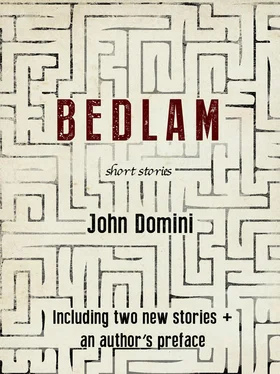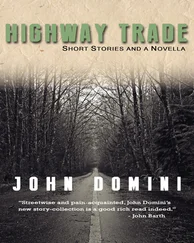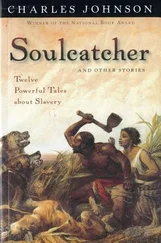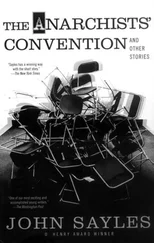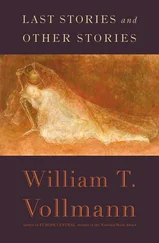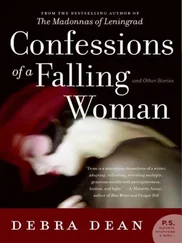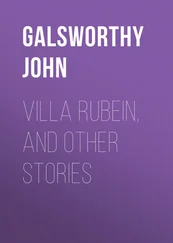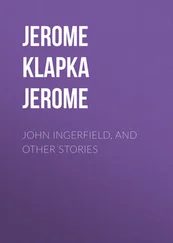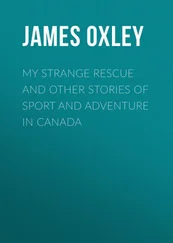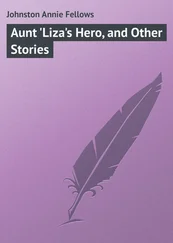John Domini
Bedlam and Other Stories
For Mary Ann
Your aim is true
No, I do not watch over my own sleep, as I imagined;
rather it is I who sleep, while the destroyer watches.
— Franz Kafka, “The Burrow”
Bedlam : an Introduction After the Fact
For reissue by Dzanc Books, e-format, 2015
Now, asserts the Evangelist, we see as through a glass darkly. Now our mirror’s pocked and grody, and only in some better, brighter future will we see face to face. The author of First Corinthians had the story to go with it, too, the transformation on the road to Damascus. Right there on the highway, Saul became Paul, as his imagination carried him far into the future, beyond his own death and to the end of the world. Come to think, doesn’t the imagination always face the way? Towards the future? Isn’t it about what’s emerging: a Kingdom above the sky, a story beyond the scribbles? Seems so — or rather it seemed so, till Dzanc Books and their generous ePrint program showed me how the imagination colors a look back, too. For a writer, even in the future to which he once looked forward, the mirror of “now” remains smudged and blemished.
The publication date for Bedlam was the start of 1982, and that edition held just nine stories. In the first months of that year, though, I completed two more, “At the Dig” and “Chasing Names.” Both landed at good quarterlies and, in light of the Dzanc offer, both look to be of a piece with the rest of the collection. They’re products of the same inspiration and follow the same binary code. One is urban realism, the other another road-vision, voyaging out beyond death. So too they share the book’s most common narrative tension, between the gathering grind of the mundane and the tenuous filaments of the heart.
For the collection I wrote most of the back-cover copy, and there I claimed that the stories “sooner or later come round to the subject of love.” It does appear — now — that I had in mind the two I was working on, as well as what was already in the Table of Contents. I can see how “Dig” fumbles through the same lovers’ glitches as other stories here, while “Names” completes a trilogy of intimacy that extends beyond the body. That much I can discern, at least, in the distant mirror of this born-again text.
Other details remain clear, to be sure. The book appeared on fiction international , a magazine that was branching into publishing, the brainchild of the resourceful Joe David Bellamy. I’d appeared in the magazine, and Bellamy had circulated a request among his contributors, asking for story collections. By decade’s end, I should add, he was chairing the literature division of the National Endowment for the Arts, and he’d sold the entire venture. San Diego State now publishes the magazine (the name in upper case), and for all I know, a few of Bedlam ‘s first print run languish yet in a warehouse in La Jolla.
The pieces I sent Bellamy were selected from a group about twice that size. I went for unifying concerns, that balance of types and tensions, and I made sure to include the two stories with the best magazine credits: Ploughshares for “Ul’Lyu, Ooo Ooo Ooo,” and Paris Review for “Laugh Kookaberry, Laugh Kookaberry, Gay Your Life Must Be.” The latter publication may still rank as my Greatest Hit, when it comes to fiction, and some thanks must go to Stanley Elkin. Elkin was teaching in Boston in those days, as I was, and he’d just finished a story set, like “Kookaberry,” in Hell (“The Conventional Wisdom,” brilliant stuff). The man proved generous, sitting down with my manuscript. Yet grateful as I am, I can’t point to specific changes he suggested. Elkin didn’t make notes, we had no more than an hour in his BU office, and once again, I see but darkly. All I know is, at the time I tended to resist coaching; I wasn’t in school anymore.
In the same way, I went with my own versions of the two stories edited by Gordon Lish, at Esquire . Lish worked over “The Return” and “Special Instructions, Special Instructions,” then accepted both, telling me when each would appear and estimating I’d be paid a thousand apiece. Both were then returned without a penny — over the phone, Lish blamed his superiors, but many writers have since told me similar stories — and so for the submission to Bellamy, those stories were back the way I wanted them. “The Return,” happily, found what used to be an excellent venue, the Boston Globe Sunday Magazine (which paid just shy of a thousand, FYI), and that story was also the one I most often read aloud, during those years. For the Dzanc ePrint, I’ve gone with my “reading copy,” a version in which the drama’s knuckles stand out more whitely. I’d kept the old marked-up typescript.
Typescript, yes. That’s part of the shadow that falls between the first Bedlam and this one. These stories were all composed longhand, and even when I took the drafts to another technology, it was a clumsier device by far than my MacBook Air. Now, typewriter nostalgia does sweep me away from time to time (ah, the roller bar), but nostalgia always, so to speak, whites out some part of the reality. What matters is the change in affect , while writing. Myself, I still occasionally go back to paper and pencil, I muck out the channel between the tips of the fingers and the back of the brain, but even then, I can only wonder at how the flow has changed. About that change, I’ve seen what others have to say. Robert Coover, Geoff Dyer, others. The light they shed on storytelling and its machinery, though, doesn’t reach in where my thumb used to throb, as I scratched and scrawled.
Bedlam also affords a glimpse or two of my masters, sure. The piece that most smacks of Donald Barthelme, wouldn’t you know it, was first composed while in Barthelme’s seminar. Yet I revised “An Encounter” several times more, and though Barthelme remained a friend I never shared it with him. I sent him the issue of Transatlantic Review in which the piece appeared, and he told me he heard John Hawkes in it. So too, while one story may carry an echo of eloquent John Barth, and another a strain of streetwise Richard Price (both close readers for a while, each kind enough to commit blurbs), the noises I notice most are personal. Bedlam came out of bedlam, a citified hullabaloo that suited a scatter-shot career and, in a fitting touch of the aleatory, launched a long marriage. Love wore frayed corduroy and Truth arrived smeared with cheap ink, in the pages of a so-called “underground newspaper.”
It was such a paper, the Boston Phoenix , that gave me my most thorough review. The author, Kathleen Hirsch, liked “Some Numb Commitment” especially (indeed, she went on to publish a book on the mad and homeless). Other praise appeared in places like North American Review , and the book helped me land some good jobs. But what really came to matter, as the glow of publication dimmed, was the private approbation.
An outstanding case concerns a grim ‘90s birthday. My latest career had gone off the rails, that same early marriage had fallen into its dying spiral — and a letter arrived, happy birthday, from a West Coast writer who’d loved the book. A letter as long as the Phoenix review, it mattered to me more, by far. The same goes for the woman who showed up at an L.A. reading in 2007, an event to launch a very different book. She had Bedlam with her, this woman, and she told me she was there because of how much “Kookaberry” meant to her. In exchanges like that I recognize, through the murk of everyday, that the collection amounted to more than a stray shared “now,” in which my stolen hours dreaming on paper overlapped Bellamy’s luck with state and university funding. Something in the text proved durable and nifty enough to last, to reach an occasional stranger who sampled the text, through the ever-more scattered and unruly decade and a half before my next saw print.
Читать дальше
